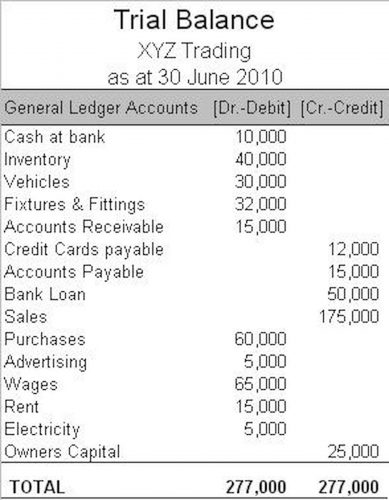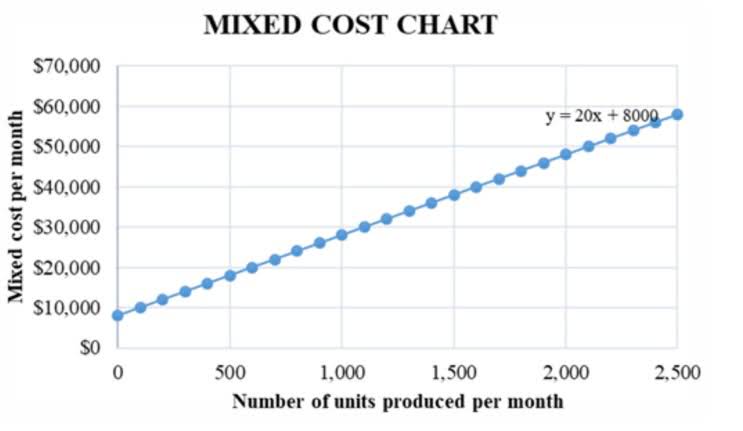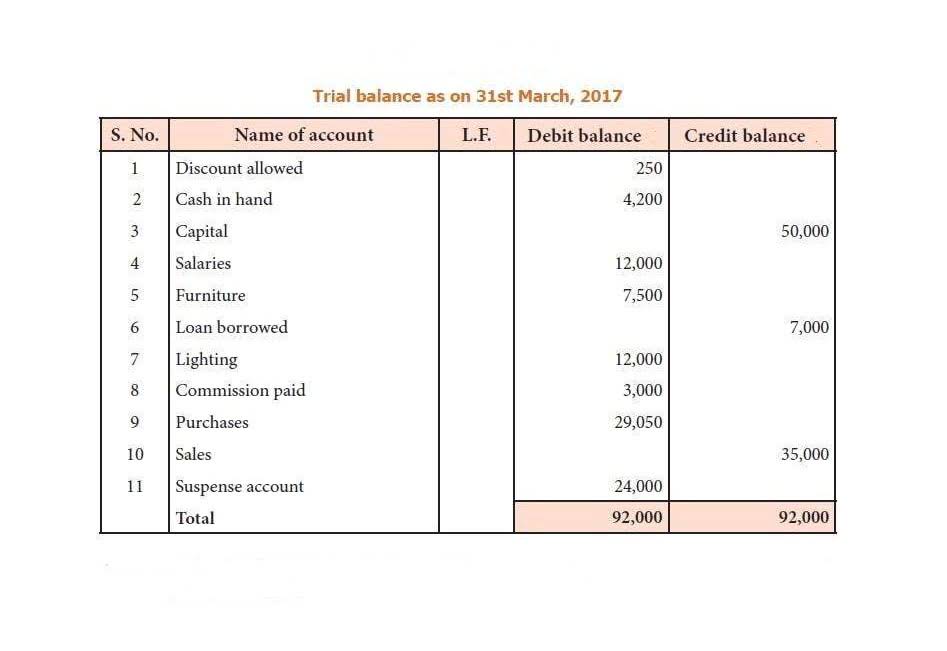
First, you need to figure out which overhead costs are involved, and then create a total of this amount. If you have a large company, you may need to determine an allocation base for each department. Following this, you can assess which costs are similar and therefore which allocation base they belong to. Overhead rates are an important concept in cost accounting and business analysis. By properly calculating and applying overhead rates, businesses can accurately assess the true costs of their operations. This rate would then charge $4 of overhead to production for every direct labor hour worked.

Concerns Surrounding Predetermined Overhead Rates
- You will learn in Determine and Disposed of Underapplied or Overapplied Overhead how to adjust for the difference between the allocated amount and the actual amount.
- A pre-determined overhead rate is normally the term when using a single, plant-wide base to calculate and apply overhead.
- In contrast, the traditional allocation method commonly uses cost drivers, such as direct labor or machine hours, as the single activity.
- If Connie’s Candy only produced at 90% capacity, for example, they should expect total overhead to be $9,600 and a standard overhead rate of $5.33 (rounded).
- The company has direct labor expenses totaling $5 million for the same period.
- This could be for many reasons, and the production supervisor would need to determine where the variable cost difference is occurring to better understand the variable overhead reduction.
The predetermined overhead rate allocates estimated total overhead for an accounting period across expected activity or production volume. It is calculated before the period begins and is used to assign overhead costs to production using an allocation rate per unit of activity, such as direct labor hours. The estimated or budgeted overhead is the amount of overhead determined during the budgeting process and consists of manufacturing costs but, as you have learned, excludes direct materials and direct labor.

Create a Free Account and Ask Any Financial Question

This consolidates overhead cost information from multiple sources, including payroll, point-of-sale, billing and more. With a unified data set, generating financial statements and calculating accurate overhead rates is streamlined. As a result, there is a high probability that the actual overheads incurred could turn out to be way different than the estimate. If you’re trying to make an estimate of manufacturing costs, you’re probably wondering how to determine predetermined overhead rate.
Setting pricing
Different businesses have different ways of costing; some would use the single rate, others the multiple rates, while the rest may make use of activity-based costing. For example, let’s say the marketing agency quotes a client $1,000 for a project that will take 10 hours of work. The agency knows from its predetermined overhead rate that it will incur $200 in overhead costs for the project. The most important step in calculating your predetermined overhead rate is to accurately estimate your overhead costs. These costs cannot be easily traced back to specific products or services and are typically fixed in nature. The overhead rate is a cost added on to the direct costs of production in order to more accurately assess the profitability of each product.
In more complicated cases, a combination of several cost drivers may be used to approximate overhead costs. Connie’s Candy used fewer direct labor hours and less variable overhead to produce 1,000 candy boxes (units). The use of such a rate enables an enterprise to determine the approximate total cost of each job when completed. In recent years increased automation in manufacturing operations has resulted in a trend towards machine hours as the activity base in the calculation.
By understanding how to calculate this rate, business owners can better control their overhead costs and make more informed pricing decisions. Predetermined overhead rates are important because they provide a way to allocate overhead costs to products or services. Predetermined overhead rates are essential to understand for eCommerce businesses as they can be used to compute predetermined overhead rate price products or services more accurately. They can also be used to track the financial performance of a business over time. The equation for the overhead rate is overhead (or indirect) costs divided by direct costs or whatever you’re measuring. Direct costs typically are direct labor, direct machine costs, or direct material costs—all expressed in dollar amounts.

Big businesses may actually use different predetermined overhead rates in different production departments, as these may vary significantly. By having multiple rates https://www.bookstime.com/articles/bookkeeping-san-francisco like this, you can achieve a greater degree of accuracy. The downside is that it increases the amount of accounting labor and is therefore more expensive.
- This aids data-driven decision making around overhead rates even for off-site owners and managers.
- This consolidates overhead cost information from multiple sources, including payroll, point-of-sale, billing and more.
- Properly calculating and applying overhead rates is an important accounting process for businesses to absorb indirect costs into their job costing system and product pricing.
- Following expense optimization best practices and leveraging technology keeps overhead costs in check.
- Carefully tracking overhead expenses is key for small businesses to optimize costs.


